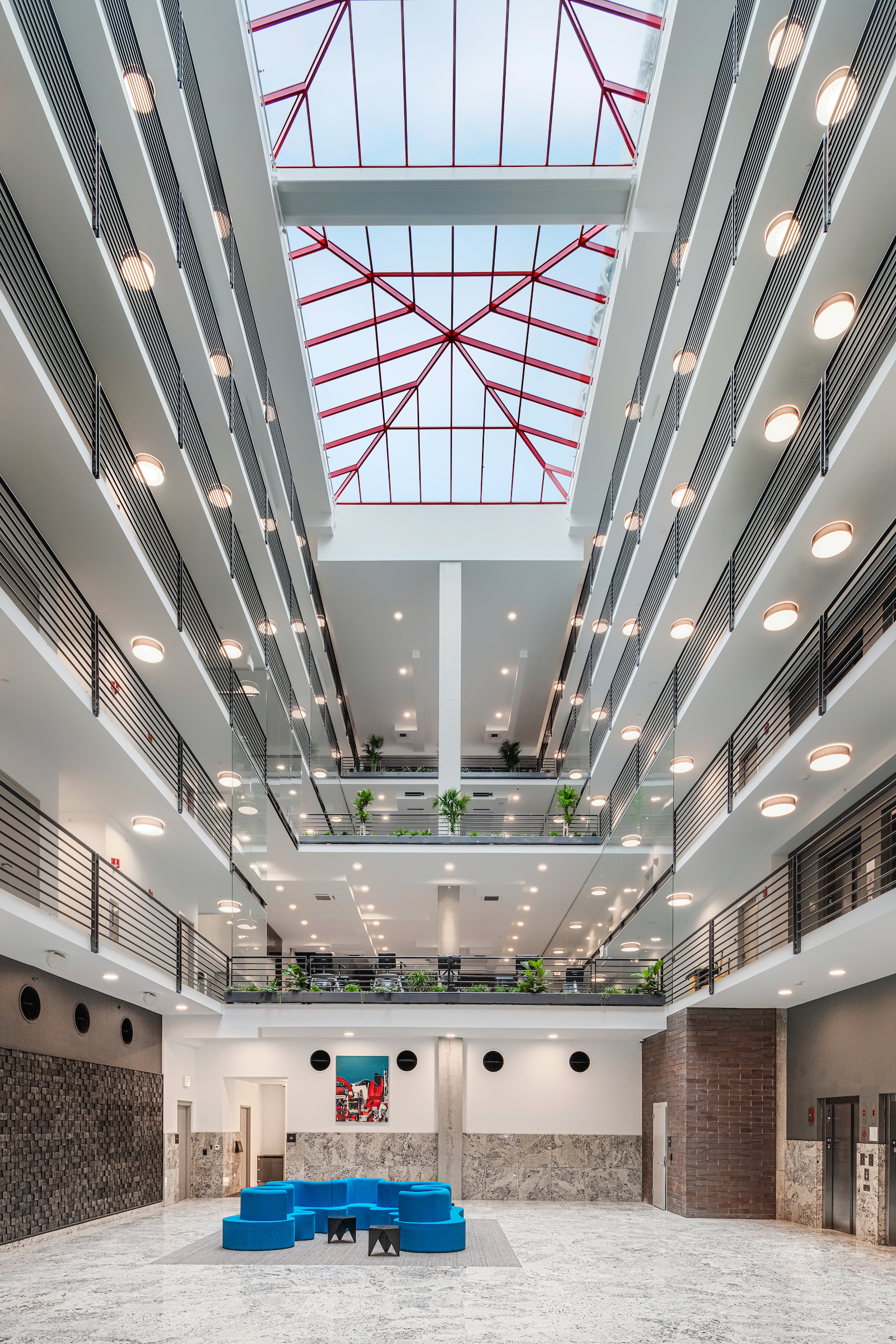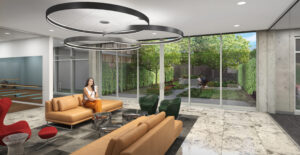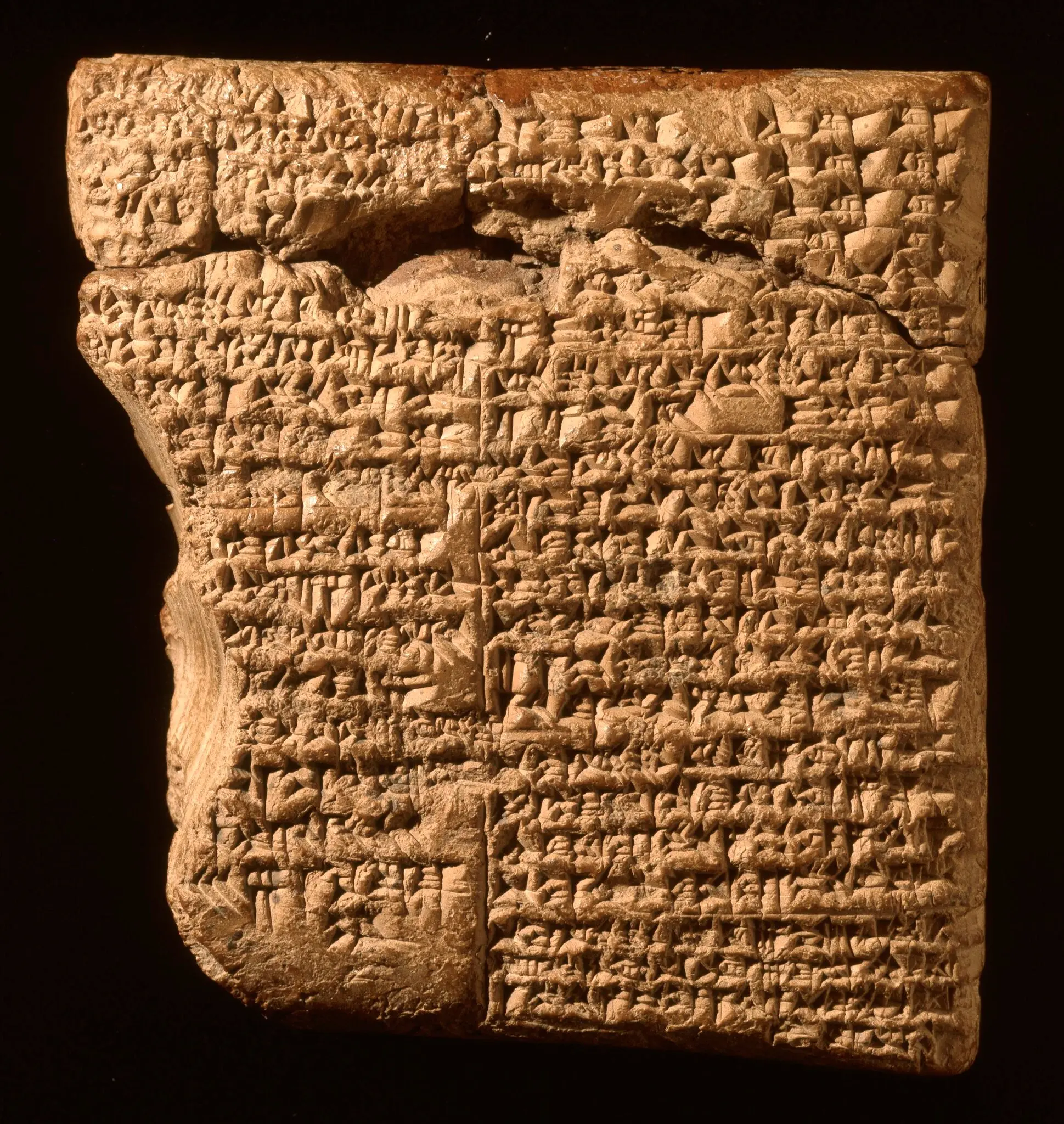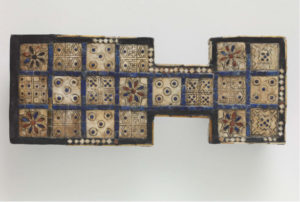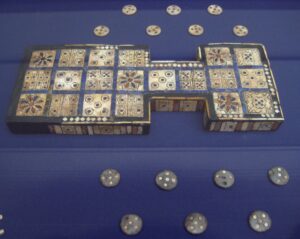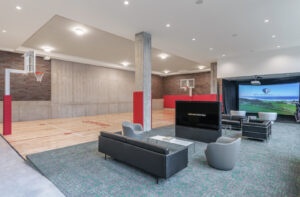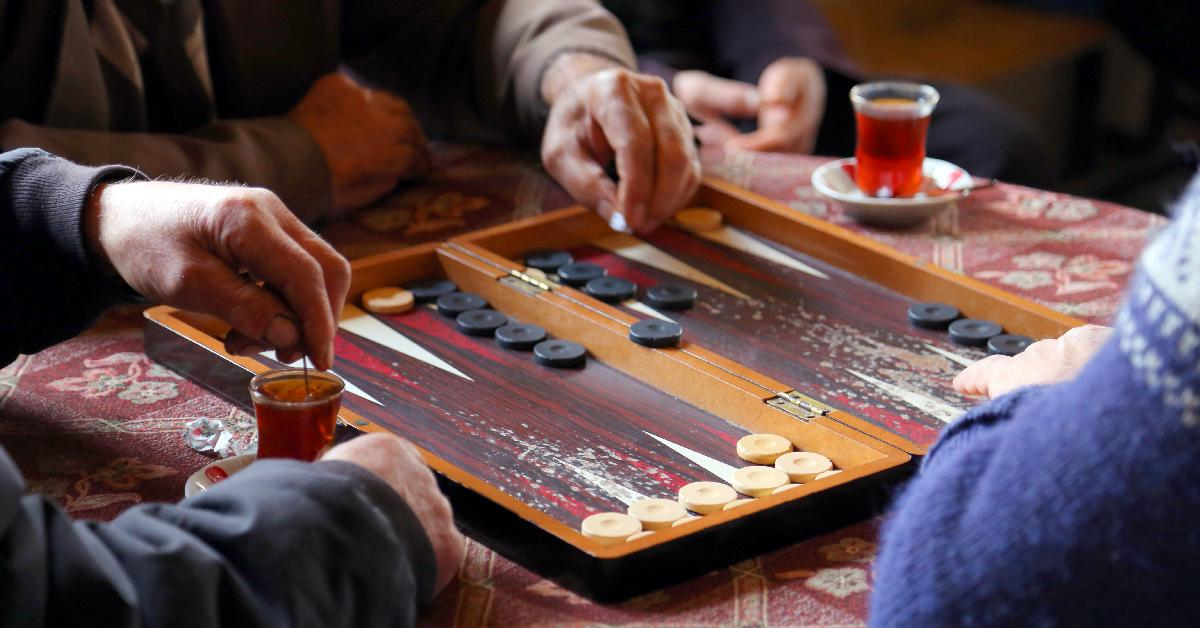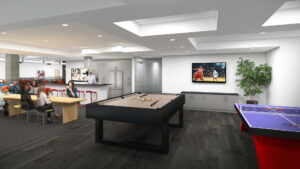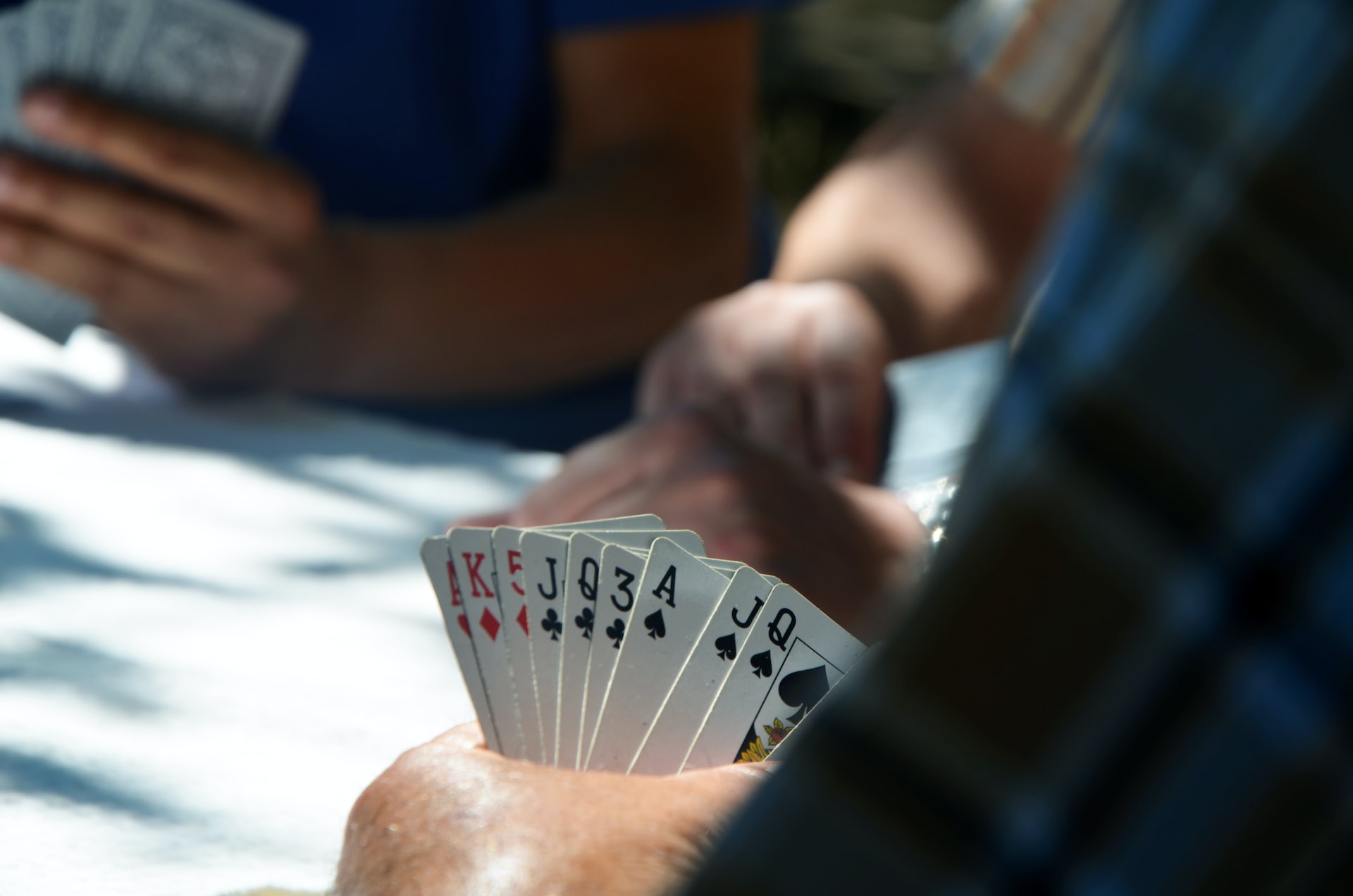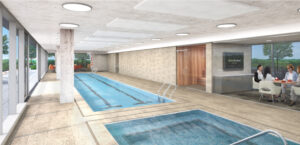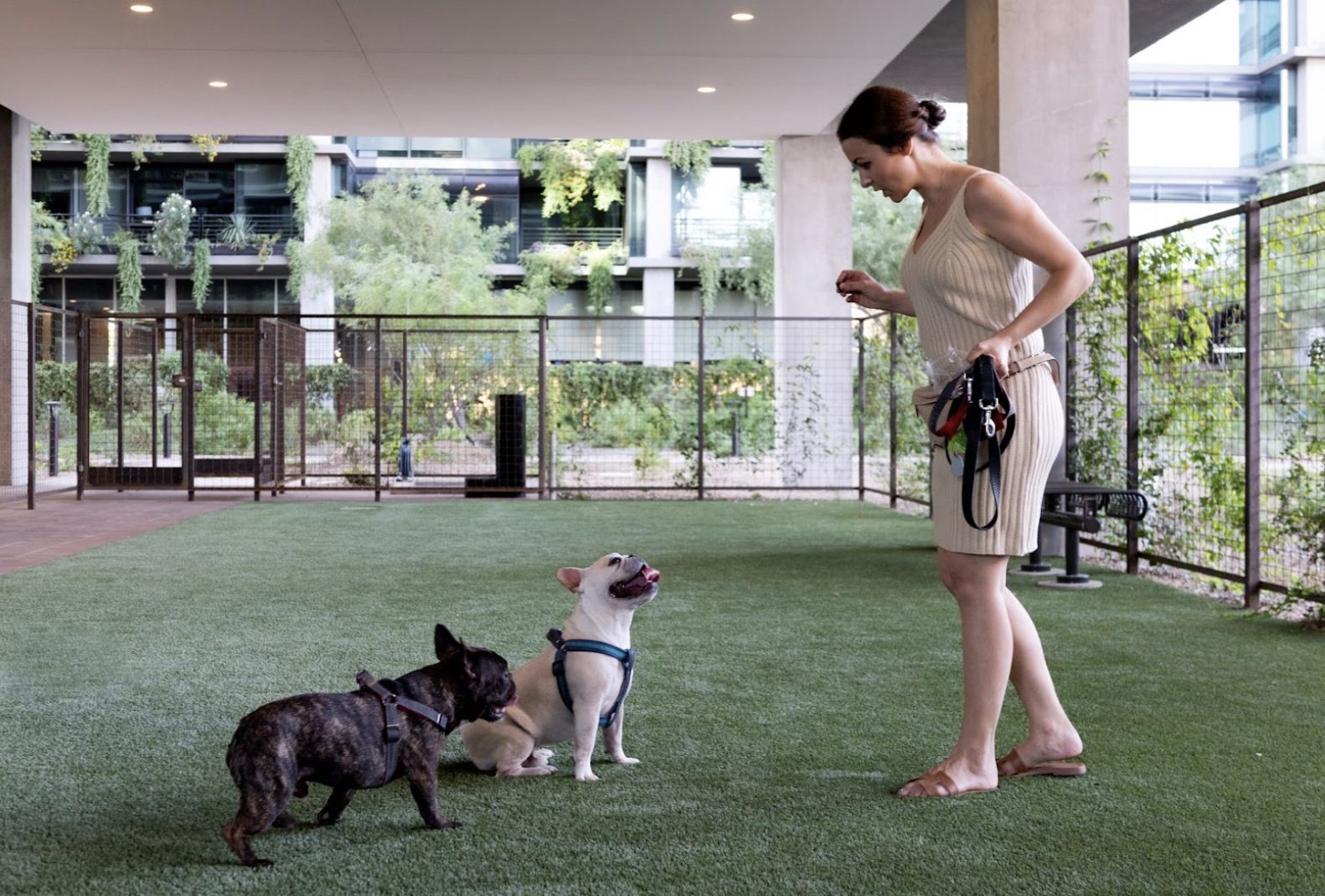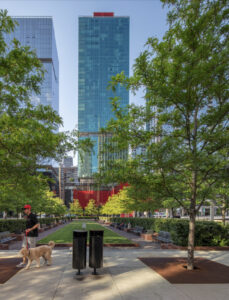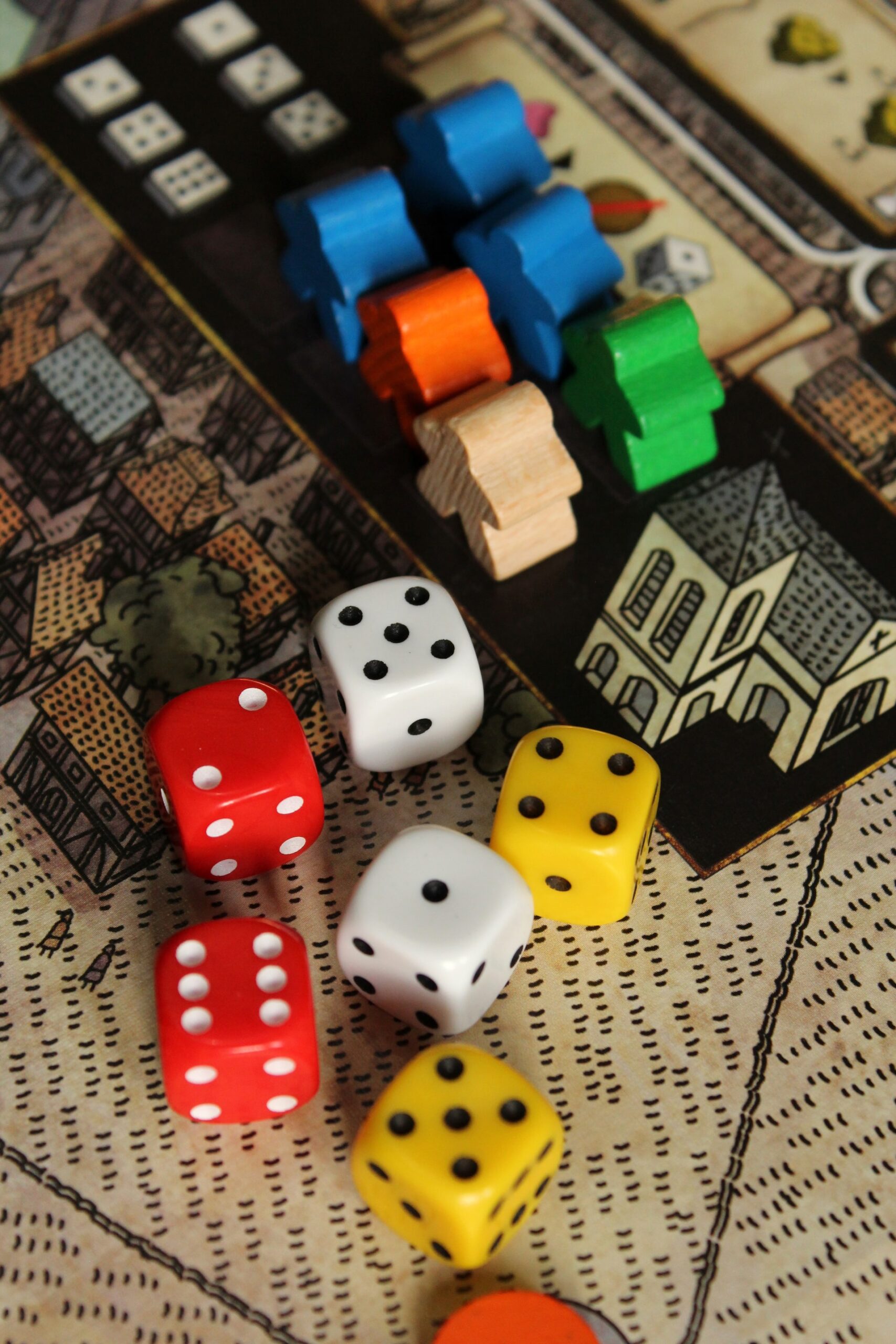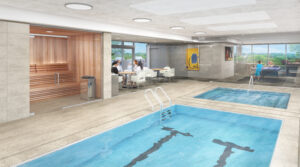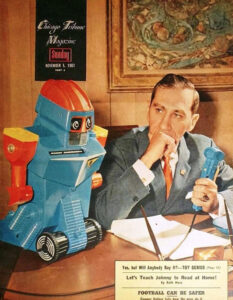How A 156 Year-Old Chicago Suburb Withstood The Test of Time
Nestled in a corner of Wilmette, IL the 156-year old suburb north of Chicago and located on the Lake Michigan shore, stands the Oak Circle Historic District. It is a small grouping of 15 early twentieth-century houses. Each built primarily in the Craftsmen style with magnificent detailing from the Prairie School of Architecture, both which were born from the Arts and Crafts movement.
Amazingly, the original integrity of 14 of the houses have survived the onslaught of time, enabling them to join the National Register of Historic Places in 2001.
Walking through the peace and tranquility of the Oak Circle Historic District leaves one bewildered of how graceful the path is. The curvature of the street adds considerable charm and status to Wilmette’s signature brick-paved streets. Venturing deeper, the houses reveal themselves — similar in style while each remains wonderfully and amazingly varied. The Prairie style motifs unabashedly present themselves from one home to the next — horizontal planes, leaded glass windows, the use of brick and wood — all coexisting in aesthetic harmony.
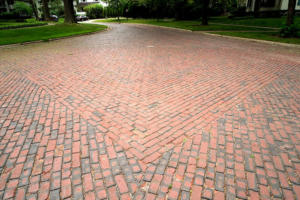
Twelve of the houses on Oak Circle are bungalows, the house type most closely associated with the Arts and Crafts Movement in America. The bungalows, along with the other homes on the block, showcase a variety of features found in Craftsman architecture, as well as the distinctive bands of windows with geometric patterns of small-pane glazing associated with the Prairie style.
The 12 bungalows also exhibit a variety of floor plans. Some are one-story, some one-and-a-half, but no two are exactly alike. True to the Arts and Crafts ideal of being close to nature, the bungalows share a distinctive horizontal emphasis in tandem with the midwestern landscape.

Oak Circle is a treasure trove of sights waiting to be explored. Just only blocks away from the Wilmette public library and a 7-minute walk from Optima Verdana®, it’s a delightful architectural and historical landmark with boundless charm that reminds both residents and visitors why Wilmette remains a vibrant, delightful community!





